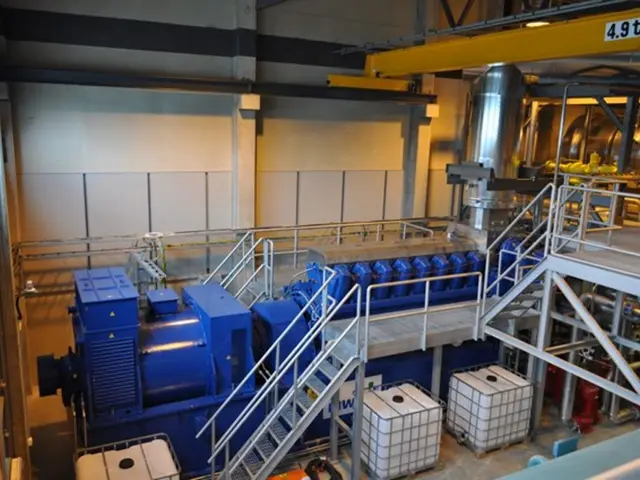Uncovering Your Driving Forces for Increased Success
In both work and learning environments, understanding and leveraging motivational factors is crucial for success. These factors, which are the internal and external forces that drive us to take action and pursue goals, can make a significant difference in our lives.
Common motivational factors include recognition and appreciation, opportunities for growth and advancement, meaning, autonomy and empowerment, and the company we keep. Intrinsic motivation, which comes from within us and is about performing an activity for its inherent satisfaction, interest, or enjoyment, plays a key role in these factors. Extrinsic motivation, on the other hand, is driven by external rewards or consequences, such as getting a promotion or avoiding losing a job.
Autonomy—the feeling of choice and control over one’s activities—boosts intrinsic motivation by allowing individuals to direct their own learning or work tasks. Mastery, or the desire to develop competence through challenge and skill-building, drives motivation by satisfying the need to feel capable and successful. Connection relates to having a sense of purpose and meaningful relationships with others, which also fosters internal motivation.
In learning environments, motivation is enhanced by creating supportive atmospheres that encourage collaboration, autonomy, growth mindsets, and resilience, and by connecting lessons to students’ personal experiences and interests. Building strong relationships between teachers and students further increases motivation and engagement. Reducing anxiety and setting high but achievable expectations also support motivation.
In workplace settings, intrinsic motivation manifests similarly: people are motivated when they find tasks personally rewarding, enjoy challenges, and see meaningful outcomes. Employers can encourage this by providing opportunities for skill development (competence), choice in work tasks (autonomy), and fostering a sense of connection to organizational purpose or colleagues. Motivational types also include creative motivation and positive attitude motivation, which relate to engagement and enjoyment of work activities.
Other motivational factors worth considering are our attitudes, beliefs about self, goals, involvement, support, and personal attributes. For example, feeling valued for one’s contributions and effort can make all the difference in motivation. Journaling can help work out personal motivational factors and leverage them for motivation.
In language learning, instrumental motivation is made up of intrinsic/extrinsic motivational factors. Instrumental motivation is a person's desire to learn a language for utilitarian purposes, such as travel, enjoyment, or studying. Integrative motivation, on the other hand, is about learning a language to integrate into a community, such as moving to a new country and learning to speak the local language.
Not only is it good for our health to have the chance to learn new skills, but taking on more responsibility and being able to progress in a career or personal pursuit is very rewarding. Forgetting or losing sight of personal motivational factors can lead to procrastination.
In 1972, Gardner and Lambert introduced the concepts of instrumental and integrative motivation. Herzberg’s two-factor theory argues that two factors influence job satisfaction: motivators and hygiene factors. Hygiene factors, such as salary and working conditions, work as a prevention of dissatisfaction but won’t necessarily function as a motivator.
In conclusion, whether in education or work, common motivational factors center around supporting autonomy, mastery, connection, and creating environments that are engaging, supportive, and meaningful. Understanding and leveraging these factors can improve productivity and well-being.
In the realm of education and self-development, career development, and language learning, understanding and leveraging internal factors such as autonomy, mastery, and connection, along with external factors like opportunities for growth and advancement, play significant roles in driving motivation. Fostering autonomy, developing competence, creating supportive and engaging atmospheres, and promoting meaningful relationships can all foster both intrinsic and extrinsic motivation, leading to increased productivity, well-being, and success in various pursuits.




